Introduction
In the realm of data integration and ETL (Extract, Transform, Load) processes, SQL Server Integration Services (SSIS) stands out as a robust and versatile tool. SSIS 816, part of the Microsoft SQL Server suite, provides a powerful platform for managing workflows that move and transform data between various sources and destinations.
To harness the full potential of SSIS 816, it’s crucial to grasp its key concepts and components comprehensively. This article aims to delve into the fundamental aspects of SSIS 816, shedding light on its functionalities, architecture, and usage scenarios.
Understanding SSIS 816: An Overview

SSIS 816, short for SQL Server Integration Services version 816, is a component of the Microsoft SQL Server database software. It serves as a comprehensive data integration and workflow automation tool, enabling organizations to efficiently manage their ETL processes.
SSIS 816 offers a graphical development environment for building data integration solutions, along with a rich set of features for data extraction, transformation, and loading.
SSIS 816 Architecture: Under the Hood
At the core of SSIS 816 lies a robust architecture designed to facilitate seamless data integration across heterogeneous environments. The architecture comprises various components, each playing a distinct role in the ETL process. One of the central components is the SSIS Runtime, responsible for executing packages and managing their execution flow.
Additionally, SSIS 816 includes a metadata repository, which stores information about packages, connections, and configurations. Understanding the architecture of SSIS 816 is essential for designing efficient and scalable data integration solutions.
Key Concepts in SSIS 816: Unraveling the Essentials
To effectively utilize SSIS 816, it’s essential to grasp several key concepts that underpin its functionality. These concepts include packages, connections, control flow, data flow, and event handling. Packages serve as containers for organizing and executing workflow tasks, while connections define the source and destination of data.
The control flow dictates the sequence of tasks execution, whereas the data flow orchestrates the movement and transformation of data within the package. Event handling enables monitoring and response to various runtime occurrences, such as errors or task completions. Mastery of these concepts is crucial for harnessing the full potential of SSIS 816 in real-world scenarios.
Components of SSIS 816: Building Blocks of Data Integration
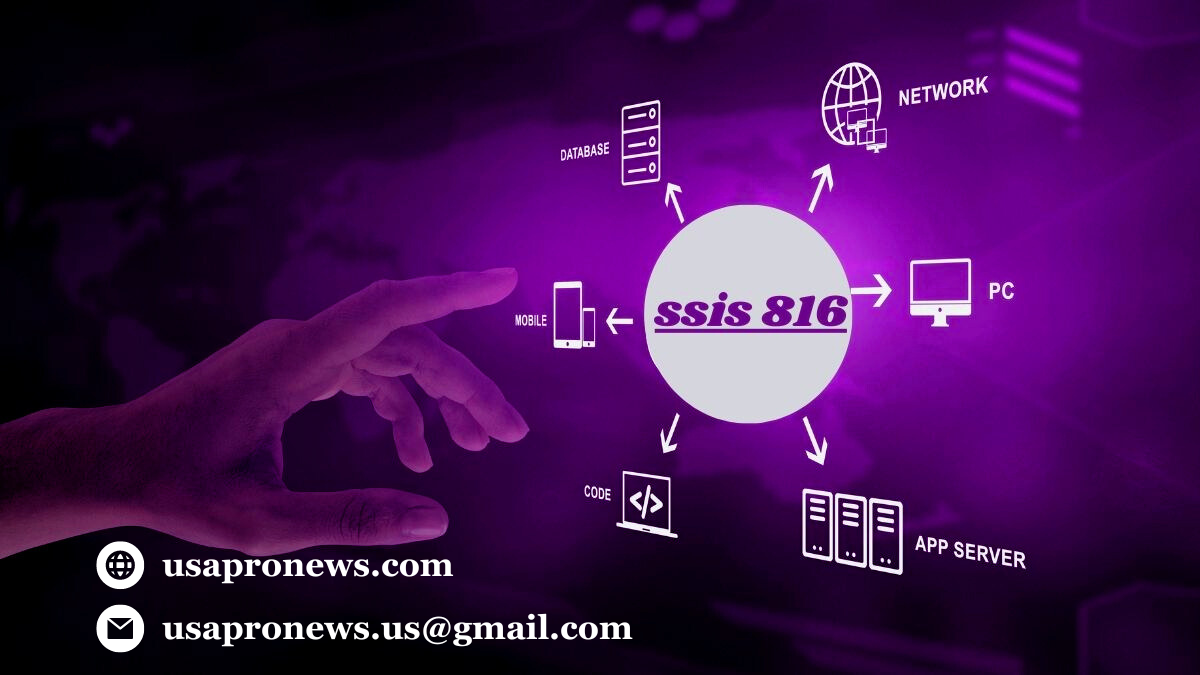
SSIS 816 encompasses a rich set of components that facilitate the construction of robust data integration solutions. These components can be categorized into control flow components, data flow components, connection managers, and logging providers.
Control flow components include tasks and containers, which define the workflow logic and sequence of operations within a package. Data flow components, on the other hand, facilitate the movement, transformation, and manipulation of data.
Connection managers provide connectivity to various data sources and destinations, while logging providers enable the capture and analysis of runtime information. Understanding the functionality and usage of these components is essential for designing efficient SSIS 816 packages tailored to specific data integration requirements.
Practical Applications of SSIS 816: Real-World Scenarios
SSIS 816 finds application across diverse industries and use cases, owing to its versatility and scalability. Some common scenarios where SSIS 816 is employed include data warehousing, business intelligence, data migration, and data cleansing.
In data warehousing, SSIS 816 is used to extract data from multiple sources, transform it according to business rules, and load it into a centralized data repository. For business intelligence purposes, SSIS 816 facilitates the extraction of data from operational systems and its transformation into meaningful insights through processes like ETL and data cleansing.
Moreover, SSIS 816 is instrumental in data migration projects, where it aids in transferring data between disparate systems while ensuring integrity and consistency. Understanding these practical applications is crucial for leveraging SSIS 816 effectively in real-world scenarios.
Conclusion
In conclusion, SSIS 816 stands as a powerful tool for data integration and ETL processes within the Microsoft SQL Server ecosystem. By understanding its key concepts and components, users can harness its full potential to build efficient and scalable data integration solutions.
From its architecture to practical applications, SSIS 816 offers a comprehensive suite of features tailored to meet the diverse needs of modern organizations. Whether it’s data warehousing, business intelligence, or data migration, SSIS 816 provides the necessary tools and capabilities to streamline data workflows and drive informed decision-making.
As organizations continue to grapple with increasingly complex data environments, SSIS 816 remains a cornerstone for managing data integration challenges effectively. With a solid grasp of its fundamentals, users can unlock new possibilities and drive innovation in the ever-evolving landscape of data management and analytics.
Frequently Asked Questions (FAQs) about SSIS 816
What is SSIS 816?
SSIS 816, or SQL Server Integration Services version 816, is a component of the Microsoft SQL Server database software. It serves as a comprehensive data integration and workflow automation tool, enabling organizations to efficiently manage their ETL processes.
What are the key components of SSIS 816?
SSIS 816 comprises various components including control flow components, data flow components, connection managers, and logging providers. These components play distinct roles in designing and executing data integration solutions.
How does SSIS 816 facilitate data integration?
SSIS 816 provides a graphical development environment for building data integration solutions. It enables users to extract data from various sources, transform it according to business rules, and load it into destination systems. The tool offers a rich set of features for orchestrating complex data workflows.
What are some practical applications of SSIS 816?
SSIS 816 finds application across diverse industries and use cases such as data warehousing, business intelligence, data migration, and data cleansing. It helps organizations streamline their data processes, improve decision-making, and ensure data integrity.
What are the key concepts to understand in SSIS 816?
To effectively utilize SSIS 816, it’s essential to grasp concepts like packages, connections, control flow, data flow, and event handling. These concepts govern the design and execution of data integration workflows within SSIS 816.
Can SSIS 816 integrate with other systems?
Yes, SSIS 816 provides connectivity to various data sources and destinations through connection managers. It supports integration with relational databases, flat files, cloud storage, and more, making it highly versatile for diverse integration scenarios.
How does SSIS 816 handle error and event handling?
SSIS 816 includes features for error handling and event handling, allowing users to monitor package execution, handle errors gracefully, and trigger actions based on runtime occurrences. This helps ensure the reliability and robustness of data integration processes.
Is SSIS 816 suitable for large-scale data integration projects?
Yes, SSIS 816 is suitable for large-scale data integration projects due to its scalability and performance capabilities. It can handle high volumes of data and complex workflows, making it suitable for enterprise-level data integration requirements.
Can SSIS 816 be extended or customized?
Yes, SSIS 816 can be extended or customized using custom components, script tasks, and script components. Users can also leverage third-party extensions and integrations to enhance the functionality of SSIS 816 according to their specific requirements.
How can I get started with SSIS 816?
To get started with SSIS 816, users can explore tutorials, documentation, and training resources provided by Microsoft. Additionally, hands-on experience and experimentation with sample projects can help users gain proficiency in using SSIS 816 for data integration tasks.
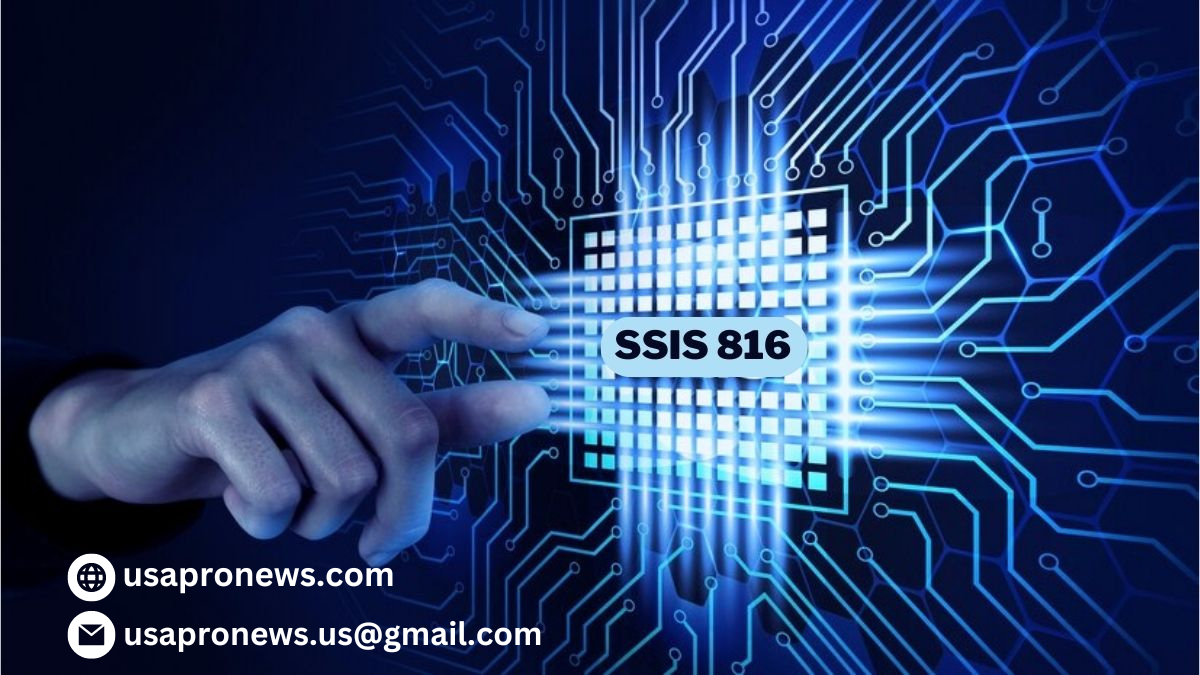
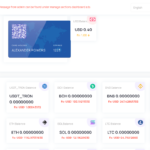



































































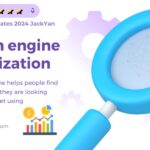

















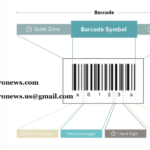





Hi Sir!
Can you live my post with a do-follow link on your site?
What is the post price? https://usapronews.com/
( General Post = Price )
( Link insertion = Price )
(Casino ,Vape CBD = Price )
Kind Regards,Arfan || Digital Marketing.Website || https://www.nowourtimes.com/Email: Arfanabid009@gmail.com
Hello
I Need This Site https://usapronews.com/
So What You Can Charge Me Each Post Price ‘On This Site
”Normal Post Price,
Insertion Link Price,
Casino Post Price,
Do sites post Nichaes;?
I Am Waiting for Your Positive Reply
Thanks
If you give me a lower price then we will consider it good to work with you
Please lower your price